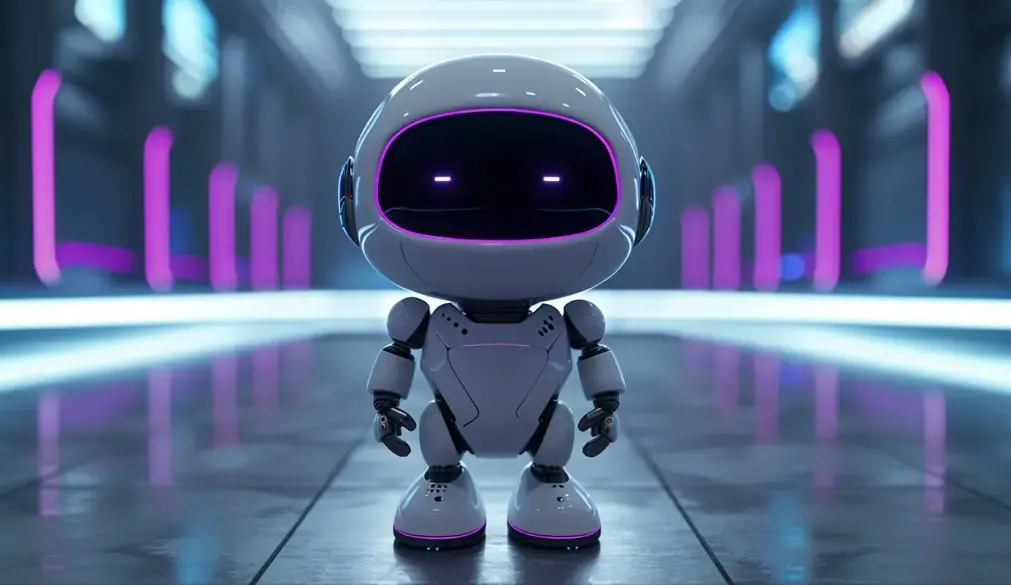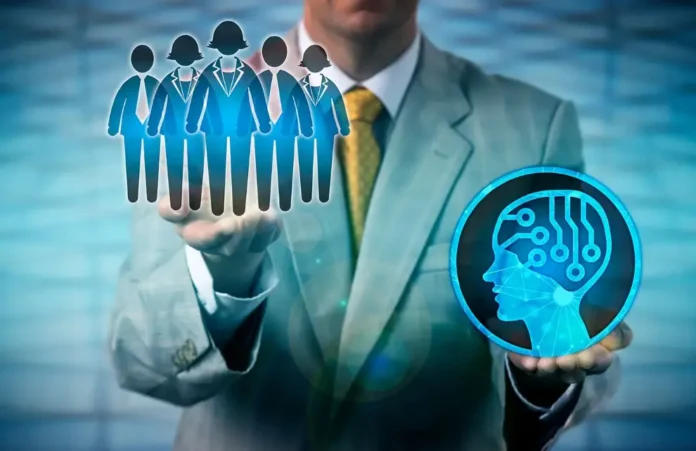AI isn’t a job killer—it’s a job shifter. While automation replaces repetitive tasks, it creates new opportunities in emerging industries. Instead of eliminating employment, AI reshapes roles, demands new skills, and empowers workers to focus on creativity, strategy, and human collaboration.
KumDi.com
Artificial intelligence is often misunderstood as a threat to employment, but AI isn’t a job killer—it’s a job shifter. Just as past technologies transformed industries without erasing work, AI is reshaping tasks, creating new roles, and opening opportunities for workers who adapt with skills, creativity, and collaboration.
For years, the narrative surrounding artificial intelligence (AI) has been filled with fear—headlines predicting mass unemployment, machines replacing humans, and the end of traditional work. But the truth is more nuanced. AI is not a job killer, it is a job shifter. Just as past technological revolutions—from the steam engine to the internet—reshaped industries, AI is transforming how we work, creating new opportunities, and demanding new skills rather than erasing human contribution.
Table of Contents
The Myth of AI as a Job Killer
One of the biggest misconceptions about AI is that it will eliminate millions of jobs permanently. While automation does replace certain repetitive or low-skill tasks, history shows that technology rarely results in a net loss of employment. Instead, it leads to job evolution.
- The ATM didn’t destroy banking—it freed tellers to focus on customer service and financial advising.
- The internet didn’t end retail—it gave rise to e-commerce, digital marketing, and logistics.
- AI is following the same pattern, reshaping roles rather than erasing them.
How AI Shifts Jobs Instead of Killing Them
AI changes the nature of work by moving human workers away from repetitive processes toward higher-value tasks. Here’s how:
- Automation of Routine Tasks
- Data entry, basic reporting, and scheduling are increasingly managed by AI.
- This allows employees to focus on strategy, creativity, and decision-making.
- Creation of New Job Categories
- AI specialists, machine learning engineers, data ethicists, prompt engineers, and AI trainers are all emerging roles.
- Entire industries are forming around AI integration, governance, and cybersecurity.
- Upskilling and Reskilling
- Workers are required to adapt to AI-driven tools.
- Employers are investing in training programs to reskill employees in digital literacy, data analytics, and human–AI collaboration.
- Hybrid Human–AI Teams
- Instead of full automation, most companies adopt collaborative AI, where machines handle the heavy lifting while humans provide context, empathy, and creativity.
Industries Being Transformed by AI Job Shifts
- Healthcare: AI assists with diagnostics and record-keeping, enabling doctors to spend more time on patient care.
- Finance: Algorithms handle fraud detection and risk analysis, while advisors focus on personalized wealth management.
- Marketing: AI tools automate campaign targeting, while humans craft storytelling and brand identity.
- Manufacturing: Robots perform precision tasks, but engineers oversee maintenance, programming, and optimization.
- Education: AI tutors provide practice, while teachers guide critical thinking and mentorship.
Why AI Is an Opportunity, Not a Threat
AI’s ability to shift jobs is creating a demand for soft skills and human traits that machines can’t replicate. Emotional intelligence, creativity, leadership, and ethical decision-making are more valuable than ever. The companies that thrive in the AI era will be those that balance efficiency with human insight and empathy.
Governments, too, are recognizing this shift. Policies around workforce development, digital upskilling, and AI regulation are focusing on preparing workers for new opportunities rather than fighting automation.
Preparing for the AI-Driven Job Market
For employees and businesses alike, the key to thriving in this new landscape is adaptability:
- Continuous Learning: Stay updated on AI tools and trends in your industry.
- Hybrid Skills: Combine technical knowledge with creativity, leadership, or problem-solving.
- Ethical Awareness: As AI expands, roles in AI ethics, compliance, and responsible innovation are becoming vital.
- Collaboration: See AI as a partner, not a rival. Workers who embrace AI productivity tools are more competitive.
Conclusion
Artificial intelligence isn’t the end of human work—it’s the beginning of a new chapter. Like every technological revolution before it, AI is not a job killer, but a job shifter. It’s changing the way we work, creating new industries, and opening doors to opportunities we’ve only begun to imagine.
The future belongs not to the machines, but to the humans who learn to work with them.

FAQs
Will AI replace all human jobs?
No. AI will automate certain tasks but create new opportunities in areas like AI management, human–machine collaboration, and creative industries.
Which industries will see the biggest AI job shifts?
Healthcare, finance, manufacturing, education, and marketing are leading the transformation, with AI augmenting rather than replacing human workers.
How can workers prepare for AI’s impact?
By upskilling in digital literacy, learning to use AI tools, and focusing on soft skills like leadership, creativity, and ethical decision-making.
What new jobs will AI create?
Roles such as AI trainer, prompt engineer, data ethicist, and AI governance specialist are already emerging.
Why is AI considered a job shifter instead of a job killer?
Because it transforms roles, eliminates repetitive work, and enhances human productivity—similar to how previous technologies reshaped, but didn’t destroy, employment.





